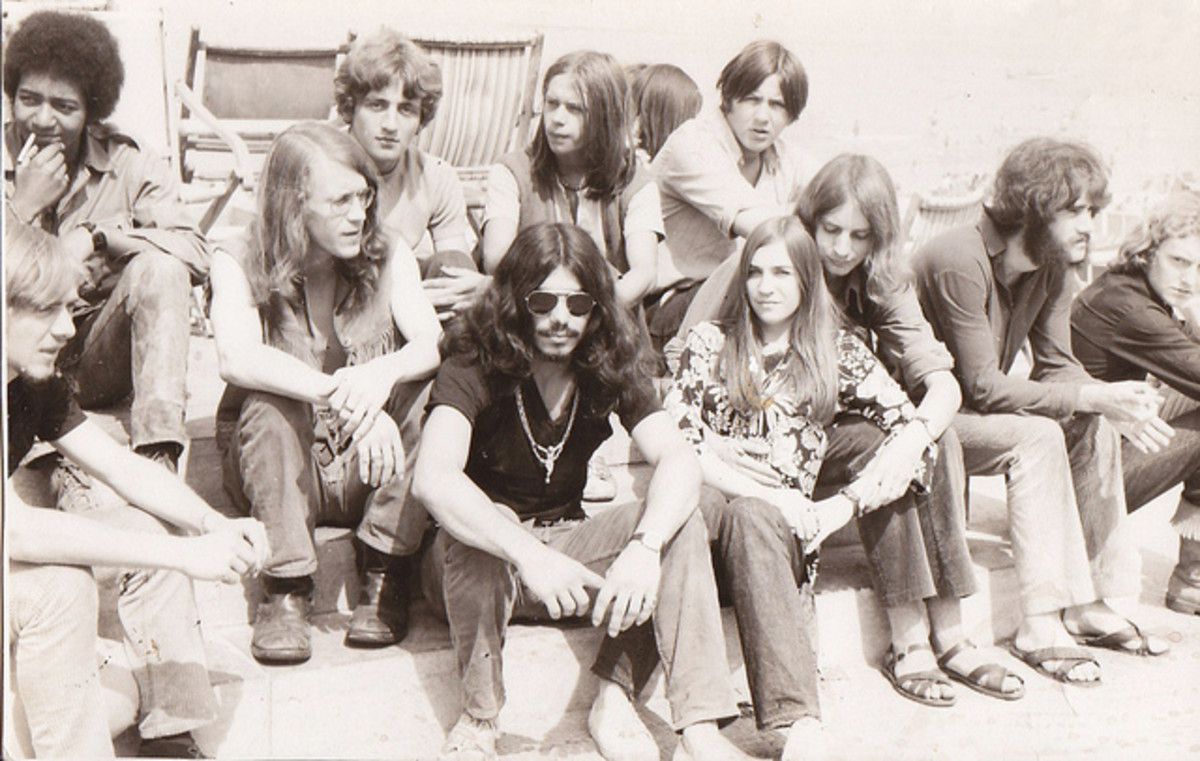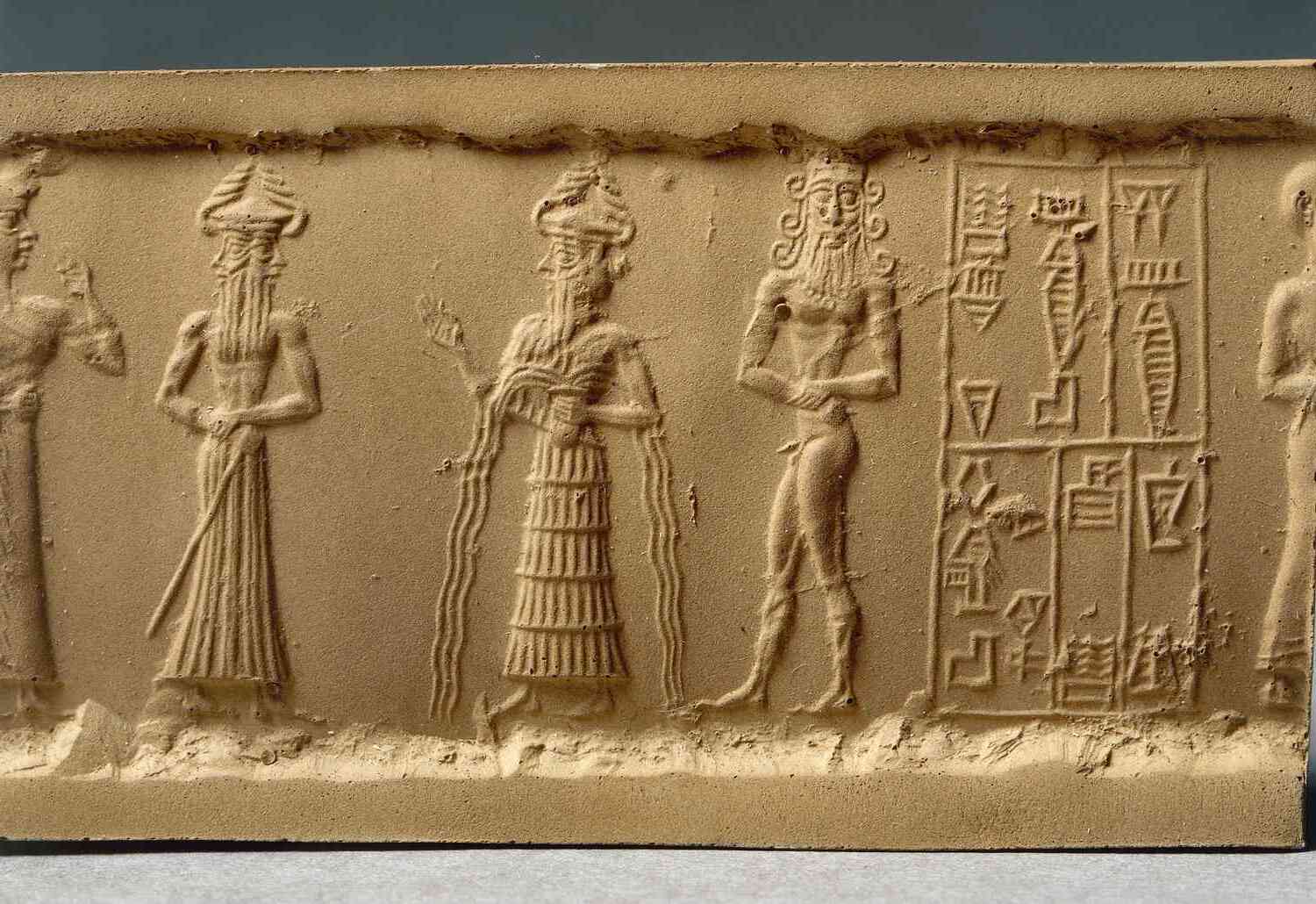
What were the Beatniks? These were the cool cats of the 1950s and 60s, a countercultural movement that rejected conventional norms. Originating in New York City, Beatniks embraced jazz, poetry, and a bohemian lifestyle. They were the rebels who wore berets, smoked cigarettes, and hung out in coffeehouses. Their influence stretched beyond literature and music, impacting fashion and attitudes. Why should you care? Because understanding Beatniks helps you grasp the roots of modern counterculture. From Jack Kerouac's "On the Road" to Allen Ginsberg's "Howl," their works still resonate today. Ready to dive into the world of Beatniks? Let's go!
Key Takeaways:
- The Beatnik movement of the 1950s and 1960s in New York City was a rebellious celebration of art, music, and social change, influencing modern culture and inspiring alternative lifestyles.
- Beatniks were cool, creative rebels who rejected societal norms, embraced jazz and poetry, and paved the way for future countercultural movements, leaving a lasting impact on fashion, literature, and social activism.
Beatniks and Their Origins
Beatniks were a significant cultural movement in the 1950s and 1960s. They emerged as a reaction to the conservative norms of the time, embracing a lifestyle that celebrated artistic expression, nonconformity, and a rejection of materialism.
- The term "beatnik" was coined by San Francisco Chronicle columnist Herb Caen in 1958.
- Beatniks were heavily influenced by the Beat Generation, a literary movement led by writers like Jack Kerouac, Allen Ginsberg, and William S. Burroughs.
- The name "Beat Generation" was derived from the slang term "beat," which meant "tired" or "beaten down."
- Beatniks often wore black turtlenecks, berets, and sunglasses, creating an iconic look that symbolized their countercultural stance.
- Coffeehouses and jazz clubs were popular hangouts for beatniks, where they would gather to discuss philosophy, literature, and art.
Beatniks in New York City
New York City was a central hub for the beatnik movement. Greenwich Village, in particular, became a hotspot for beatnik culture, attracting artists, writers, and musicians from all over.
- Greenwich Village was known for its bohemian atmosphere, making it a perfect place for beatniks to thrive.
- The Village Vanguard, a famous jazz club in Greenwich Village, was a favorite spot for beatniks to listen to live music.
- Washington Square Park was another popular gathering place for beatniks, where they would often perform poetry readings and play music.
- The Gaslight Cafe, located in Greenwich Village, was a well-known venue for beatnik poets and musicians.
- Beatniks in New York City were known for their spontaneous poetry readings, often referred to as "happenings."
Beatnik Literature and Art
Beatniks were deeply connected to the literary and artistic movements of their time. Their works often explored themes of existentialism, spirituality, and social criticism.
- Jack Kerouac's novel "On the Road" is considered a defining work of the Beat Generation and a must-read for understanding beatnik culture.
- Allen Ginsberg's poem "Howl" became a manifesto for the beatnik movement, challenging societal norms and censorship.
- William S. Burroughs' novel "Naked Lunch" pushed the boundaries of literary form and content, influencing future generations of writers.
- Beatniks were also known for their experimental approach to art, often incorporating elements of surrealism and abstract expressionism.
- The City Lights Bookstore in San Francisco, founded by beat poet Lawrence Ferlinghetti, became a cultural landmark for beatniks and remains a popular destination for literary enthusiasts.
Beatniks and Music
Music played a crucial role in beatnik culture. Jazz, in particular, resonated with beatniks due to its improvisational nature and emotional depth.
- Bebop jazz, characterized by its fast tempo and complex chord progressions, was a favorite among beatniks.
- Beatniks often attended live jazz performances at clubs like the Five Spot Cafe in New York City.
- Folk music also became popular among beatniks, with artists like Bob Dylan and Joan Baez gaining a following within the community.
- The beatniks' love for jazz and folk music influenced the development of the 1960s counterculture and the rise of rock and roll.
- Many beatniks were musicians themselves, incorporating poetry and spoken word into their performances.
Beatniks and Social Change
Beatniks were not just about art and literature; they were also deeply committed to social change. Their ideas and actions helped pave the way for future movements.
- Beatniks were early advocates for civil rights, often participating in protests and supporting desegregation efforts.
- The beatnik movement laid the groundwork for the 1960s counterculture, influencing the hippie movement and the anti-war protests.
- Beatniks challenged traditional gender roles, promoting a more egalitarian view of relationships and sexuality.
- Environmentalism was another cause that resonated with beatniks, who often spoke out against industrialization and pollution.
- The beatniks' emphasis on personal freedom and self-expression inspired future generations to question societal norms and seek alternative lifestyles.
Beatniks and Their Legacy
The impact of the beatnik movement can still be felt today. Their contributions to literature, art, and social change continue to inspire and influence contemporary culture.
- The beatniks' rejection of materialism and consumerism has found a new audience in the minimalist and slow living movements.
- Beatnik fashion, with its emphasis on simplicity and individuality, remains a popular style choice.
- The beatniks' focus on mindfulness and spirituality has influenced the modern wellness movement.
- Beatnik literature continues to be studied and celebrated in academic circles, with many universities offering courses on the Beat Generation.
- The beatniks' legacy lives on in the continued popularity of poetry slams and spoken word performances.
Fun Facts About Beatniks
Here are some lesser-known facts about beatniks that highlight their unique and quirky culture.
- Beatniks were known for their love of road trips, often traveling across the country in search of new experiences and inspiration.
- Many beatniks practiced Buddhism, finding solace in its teachings of mindfulness and detachment from material possessions.
- The beatniks' love for coffee led to the rise of coffeehouse culture, which remains popular today.
- Beatniks often used slang terms like "cool," "hip," and "dig" to express their approval and enthusiasm.
- The beatniks' influence can be seen in popular culture, from movies and TV shows to fashion and music.
Beatniks' Legacy in New York
Beatniks left an indelible mark on New York's cultural landscape. Their influence on literature, music, and art still resonates today. From the smoky jazz clubs of Greenwich Village to the poetry readings at coffeehouses, Beatniks challenged societal norms and championed free expression. They weren't just a fleeting trend; their ideas about individuality and nonconformity continue to inspire new generations. Whether it's Allen Ginsberg's "Howl" or Jack Kerouac's "On the Road," their works remain essential reading. The Beatniks' spirit of rebellion and creativity helped shape the vibrant, diverse city New York is now. So next time you stroll through the Village, remember the Beatniks who once roamed those same streets, forever changing the cultural fabric of the city. Their legacy lives on, reminding us to question, to create, and to live authentically.
Frequently Asked Questions
Was this page helpful?
Our commitment to delivering trustworthy and engaging content is at the heart of what we do. Each fact on our site is contributed by real users like you, bringing a wealth of diverse insights and information. To ensure the highest standards of accuracy and reliability, our dedicated editors meticulously review each submission. This process guarantees that the facts we share are not only fascinating but also credible. Trust in our commitment to quality and authenticity as you explore and learn with us.


